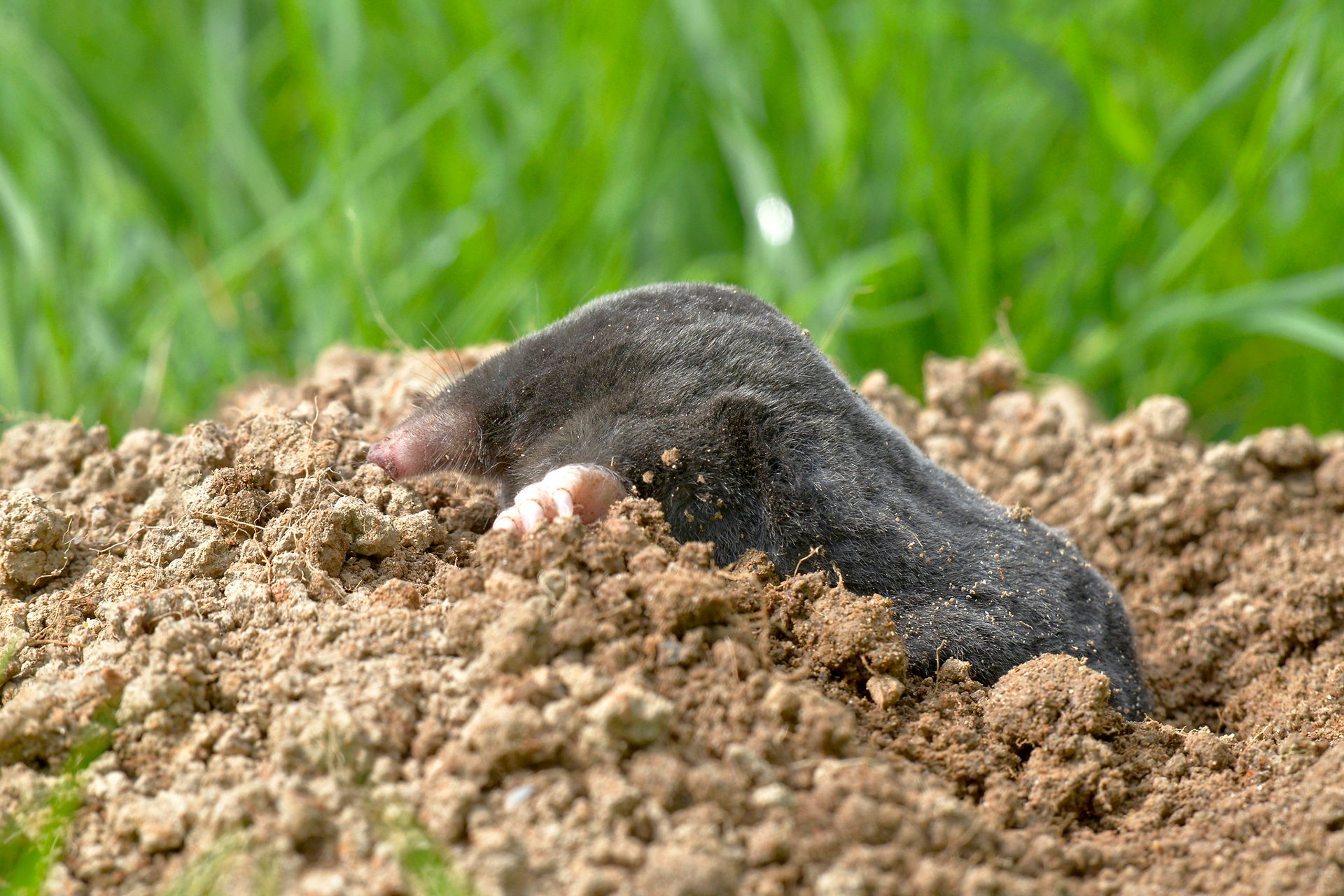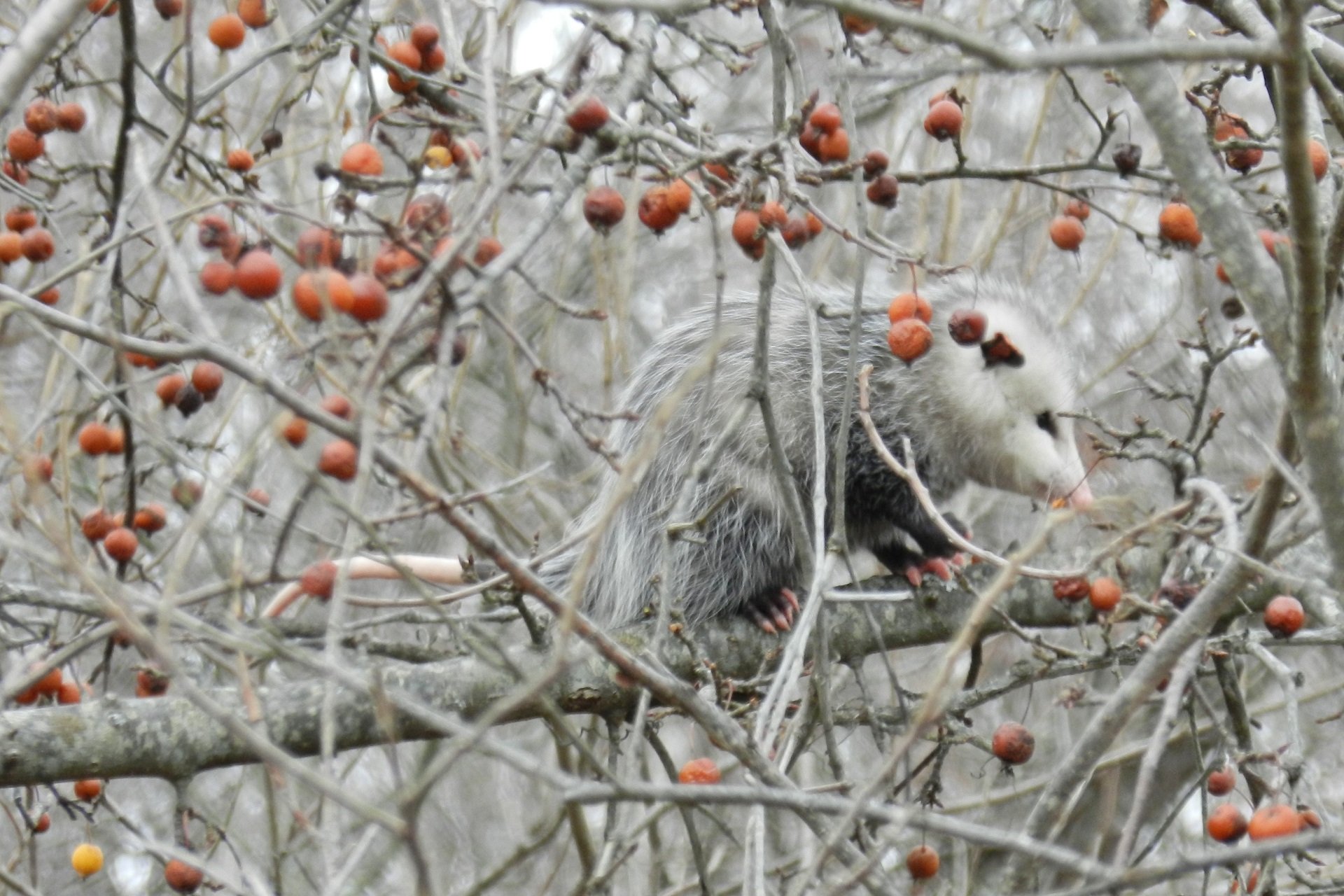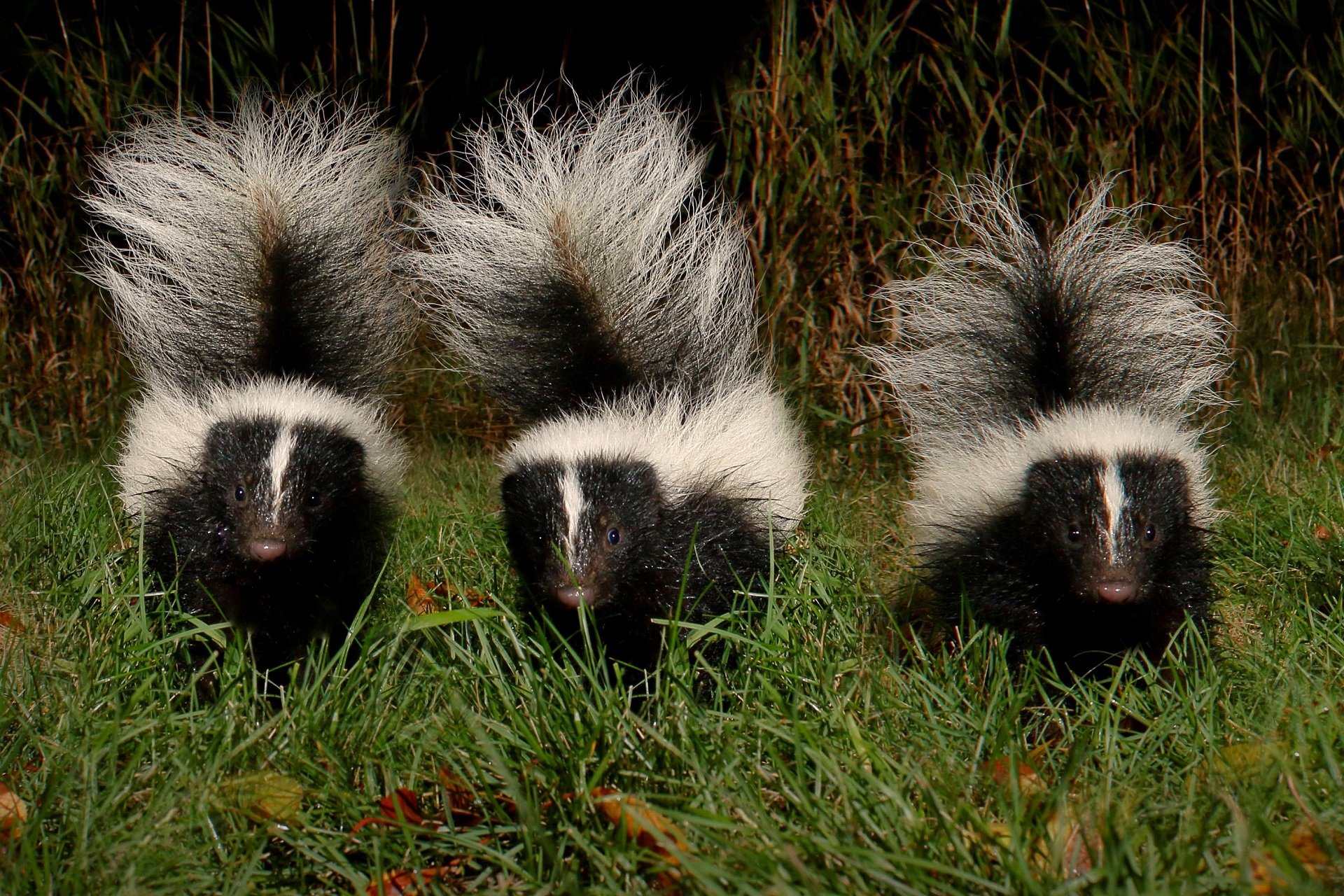Mammals in Massachusetts
Moles
Although they have burrowing habits like rodents, moles are members of the mammalian order Eulipotyphla, which also includes hedgehogs and shrews. The three species of moles found in Massachusetts are well adapted for a life underground with the palm of their feet facing outwards, always ready to dig.
Thanks to fine hairs lining the nose and structures called Eimer’s organs, the nose of a mole is extremely sensitive to touch. All moles rely completely on their heightened sense of touch to navigate through their tunnels and find food.
How to Identify a Mole
Depending on the species, moles are approximately 4 to 8 inches from head to tail. They have oversized, powerful shoulders and front legs, as well as hand-like front feet, which are well-suited for digging in the soil. Moles are underground predators, possessing long, probing snouts, small eyes and ears, and short, velvety fur.
Moles construct two types of tunnels: those at or near the surface and those deep (6 to 20 inches) underground. During the winter, moles remain deep in their tunnel systems, and during the rest of the year, will build and utilize the deeper surface tracks. Raised soil ridges above ground and just under the surface are feeding tunnels that are often used only once. The deeper tunnels lead to feeding and living chambers and are used repeatedly.
Types of Moles
Three species of moles reside in Massachusetts.
Eastern Mole
Eastern Moles are found in the southern Connecticut River Valley, southern Plymouth County, and on Cape Cod and the islands. They live most of their lives underground, preferring to be solitary in loose, well-drained soil. They are found primarily in open areas such as fields and meadows but also occur in thinly wooded areas.
Their short and hairless tail is one distinctive trait. Like the other species, Eastern Moles are great diggers and can dig up to 18 feet per hour.
Hairy-tailed Mole
Hairy-tailed Moles are found in central, western, and northeastern Massachusetts. Their tail is longer than the Eastern Mole and covered with stiff hairs. Like Eastern Moles, hairy-tailed moles are solitary creatures, coming together only during the spring breeding season.
Star-nosed mole
Star-nosed Moles have 22 fleshy tentacles arranged in a star-like circle around their nose making them easy to identify. These tentacles are lined with up to 30,000 touch-sensitive Eimer’s organs, helping the mole find prey. Star-nosed Moles live in small colonies, pairing in the fall and remaining together until the young are born.
These moles can be found across mainland Massachusetts and prefer habitats characterized by moist soil, often near wetlands and damp woods. They are often found at the surface as opposed to under the ground. This species is also a great swimmer and can use its long nose as a snorkel or dive in the water for a few seconds at a time.
Mole Behavior
What Do Moles Eat?
A mole’s diet consists primarily of worms, snails, slugs, and insects. It may include small amounts of vegetation and seeds. Moles often consume an amount of food equal to 60 to 100 percent of their body weight daily. To satisfy this demand for food, a mole will dig up to 150 feet of new tunnels a day.
Mole Breeding
Moles in Massachusetts mate once a year, during March or April. The male and female separate after mating and she raises the young alone.
After a 4 to 6-week gestation period, females produce one litter of 2 to 7 young. They’re helpless, naked, and blind at birth, but are nearly adult-sized and sighted by three weeks. Young moles leave the nest at about 5 to 6 weeks and become sexually mature by the end of their first year. Moles may live up to four years in the wild.
How Can You Support Moles?
Moles often get a bad rap. They are blamed for eating vegetation and seeds in backyard gardens, which is more likely the work of voles and mice. And while some landowners disdain moles, their benefits are numerous.
They consume larvae and adults of many pest insects, such as Japanese beetles. In addition, their tunneling activity loosens the soil, aerating it and mixing deeper soils with surface material, all of which improve soil quality.
How to Deter Moles
While moles are great animals to keep a healthy garden, if they are causing more trouble than benefits, there are steps you can take to deter them. Mole activity in a given area is likely to be temporary or seasonal, and often stops before any control action can be undertaken. In extreme cases, however, you may want to act.
- Avoid overwatering your lawn. Overwatering can keep earthworms and other mole prey near the surface and result in increased surface tunneling.
- Erect barriers around small flower or garden beds by burying quarter-inch mesh hardware cloth 12 inches deep, with a 12-inch extension at a 90-degree angle. This fencing should extend 5 inches above the ground.
- A castor-oil mixture has been known to repel moles. To treat a given area, sprinkle a castor oil mixture on the ground after heavy rain or watering. Castor oil mixture directions: Whip 2 ounces of castor oil with 1 ounce of liquid dish detergent in a blender until it holds its shape. Add 6 tablespoons of water and whip again. Fill a sprinkling can with water, add two tablespoons of the castor mixture and sprinkle on areas of heaviest concentration of the burrowing.
How Mass Audubon Helps Moles
Moles are a vital component of a healthy ecosystem. Mass Audubon is helping moles by protecting their habitats, building resilient landscapes, and creating continuous, safe ecosystem where they can thrive. You can help us conserve and protect moles by becoming a member today.
Stay Connected
Don't miss a beat on all the ways you can get outdoors, celebrate nature, and get involved.






